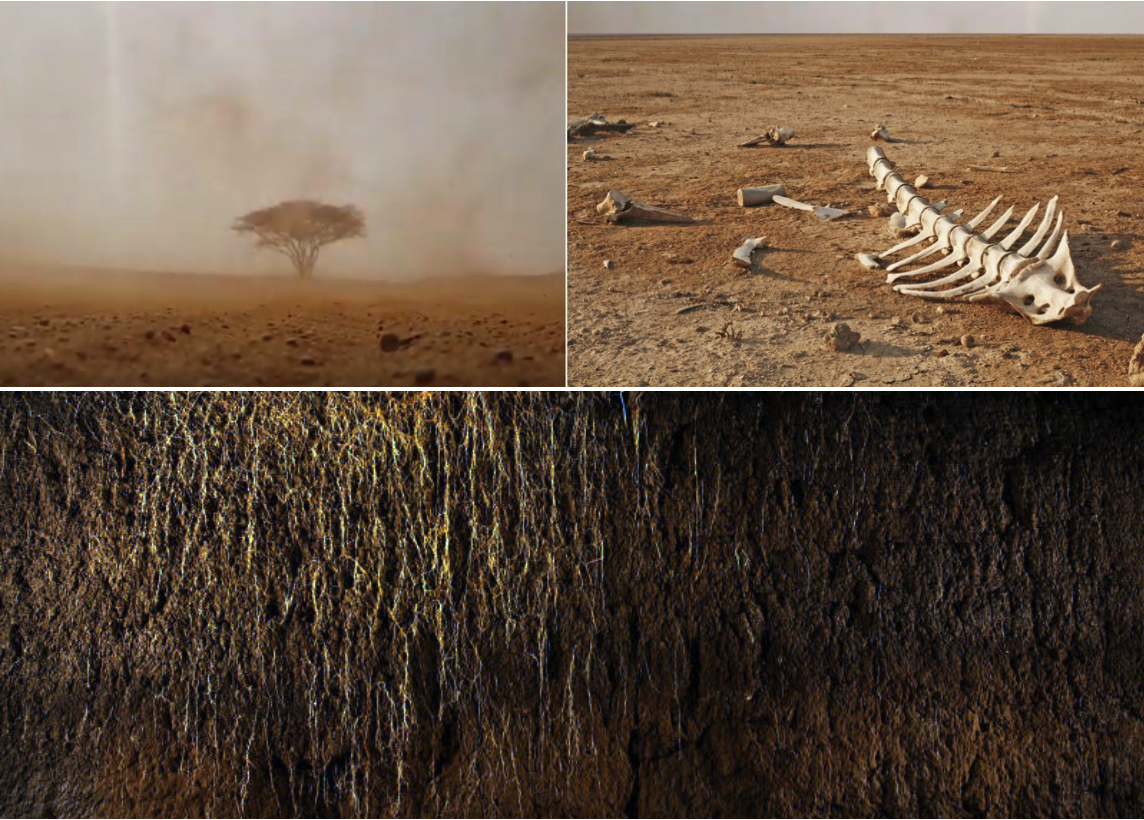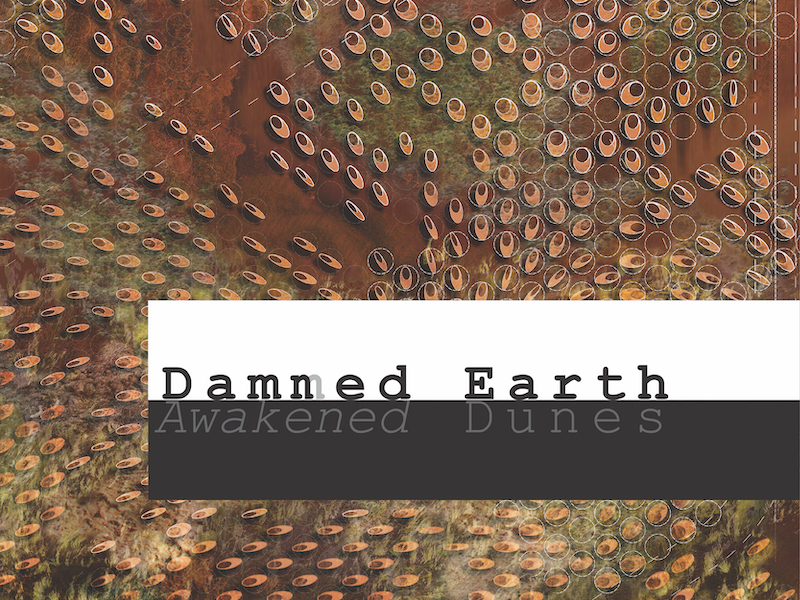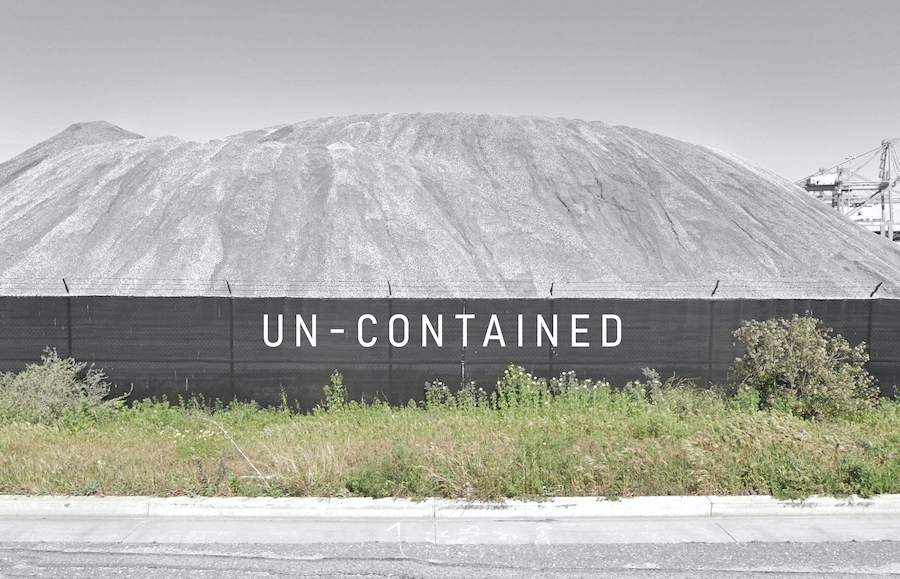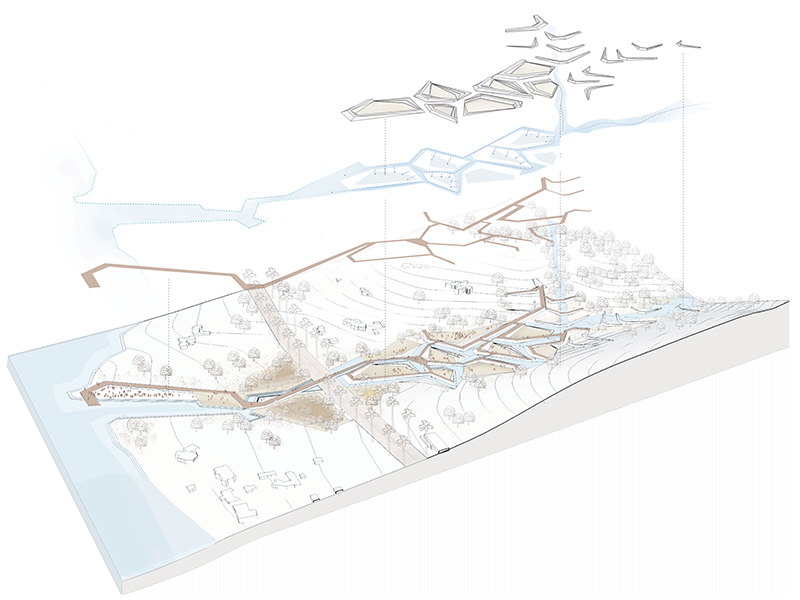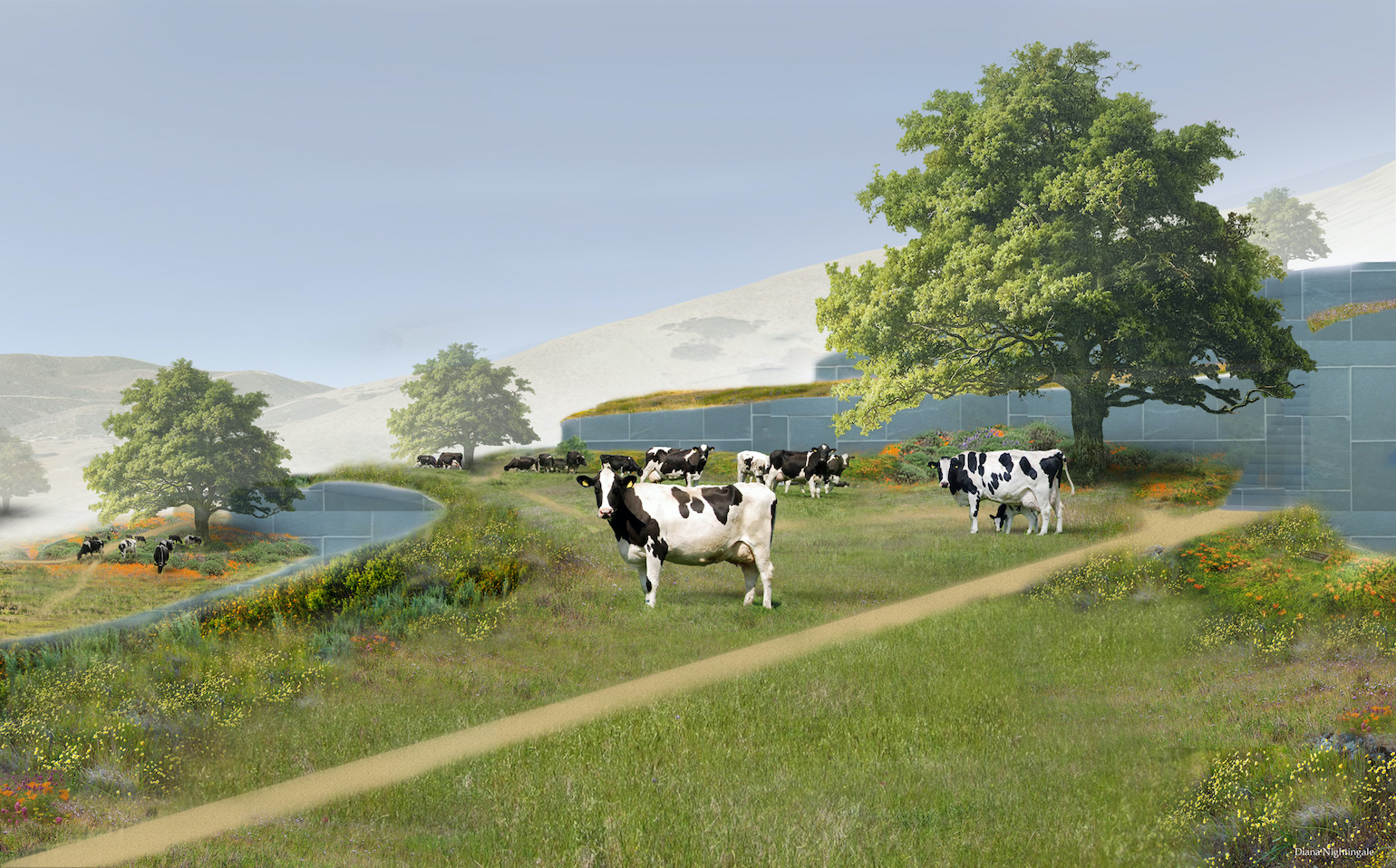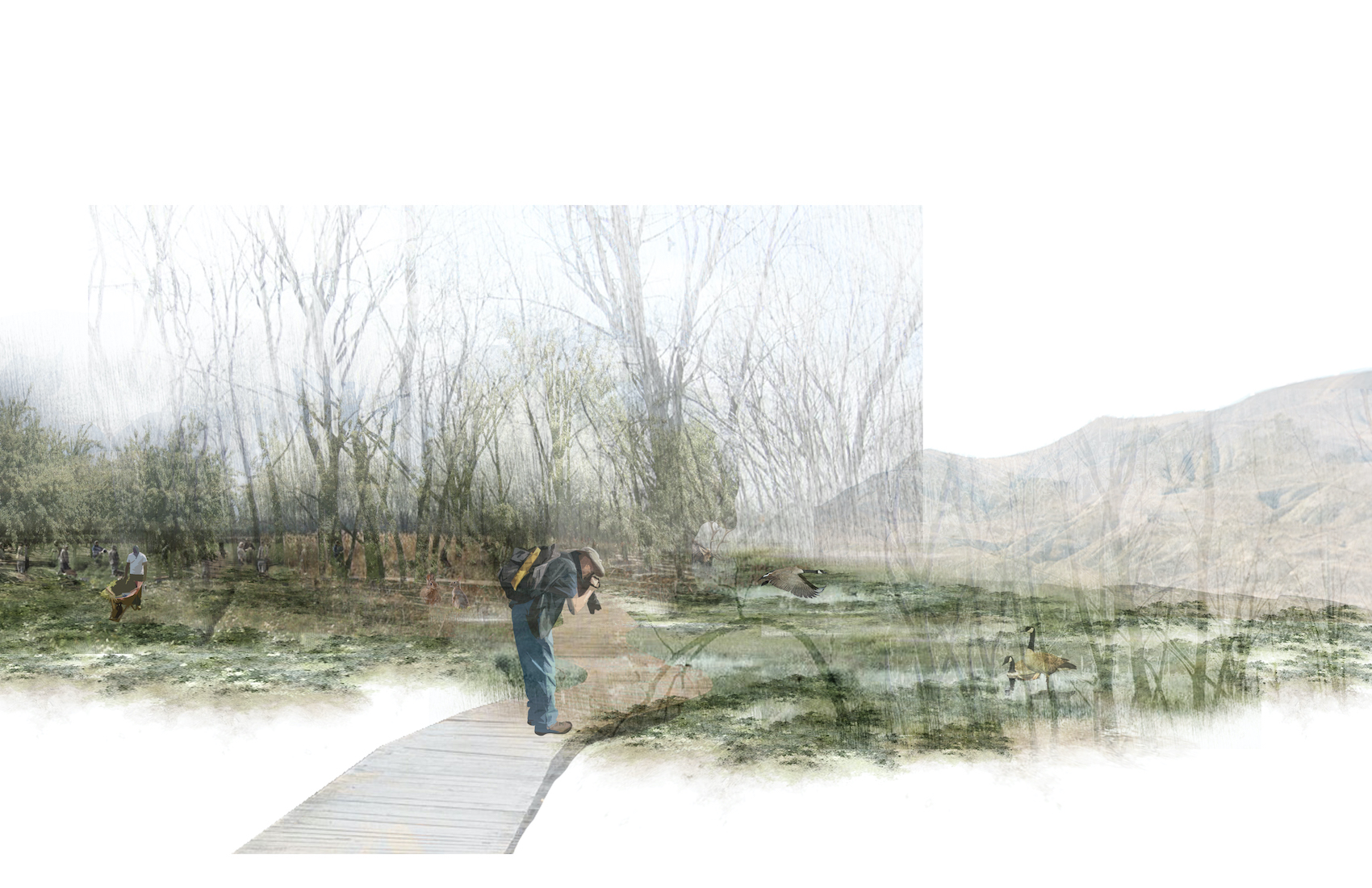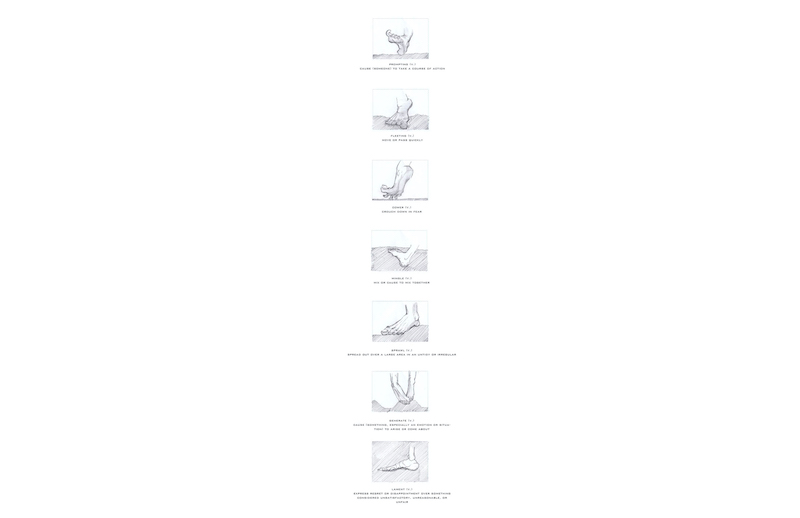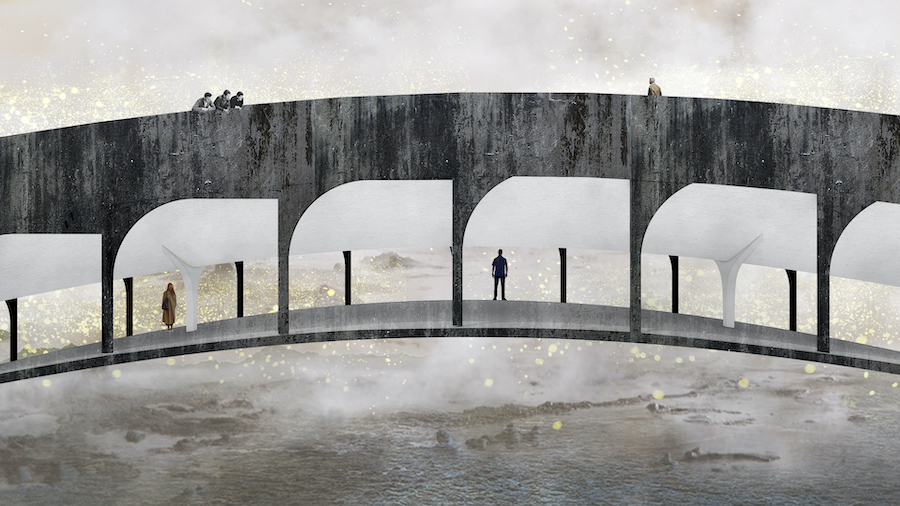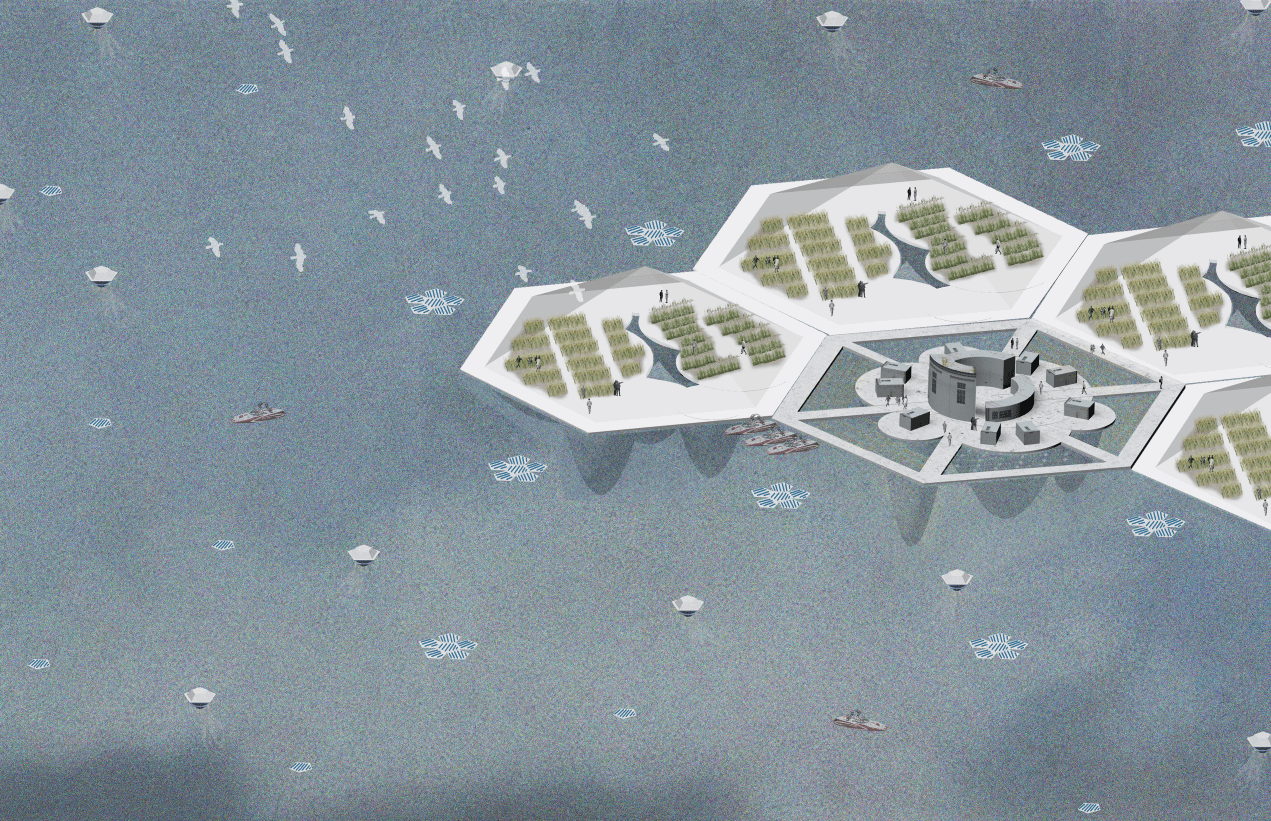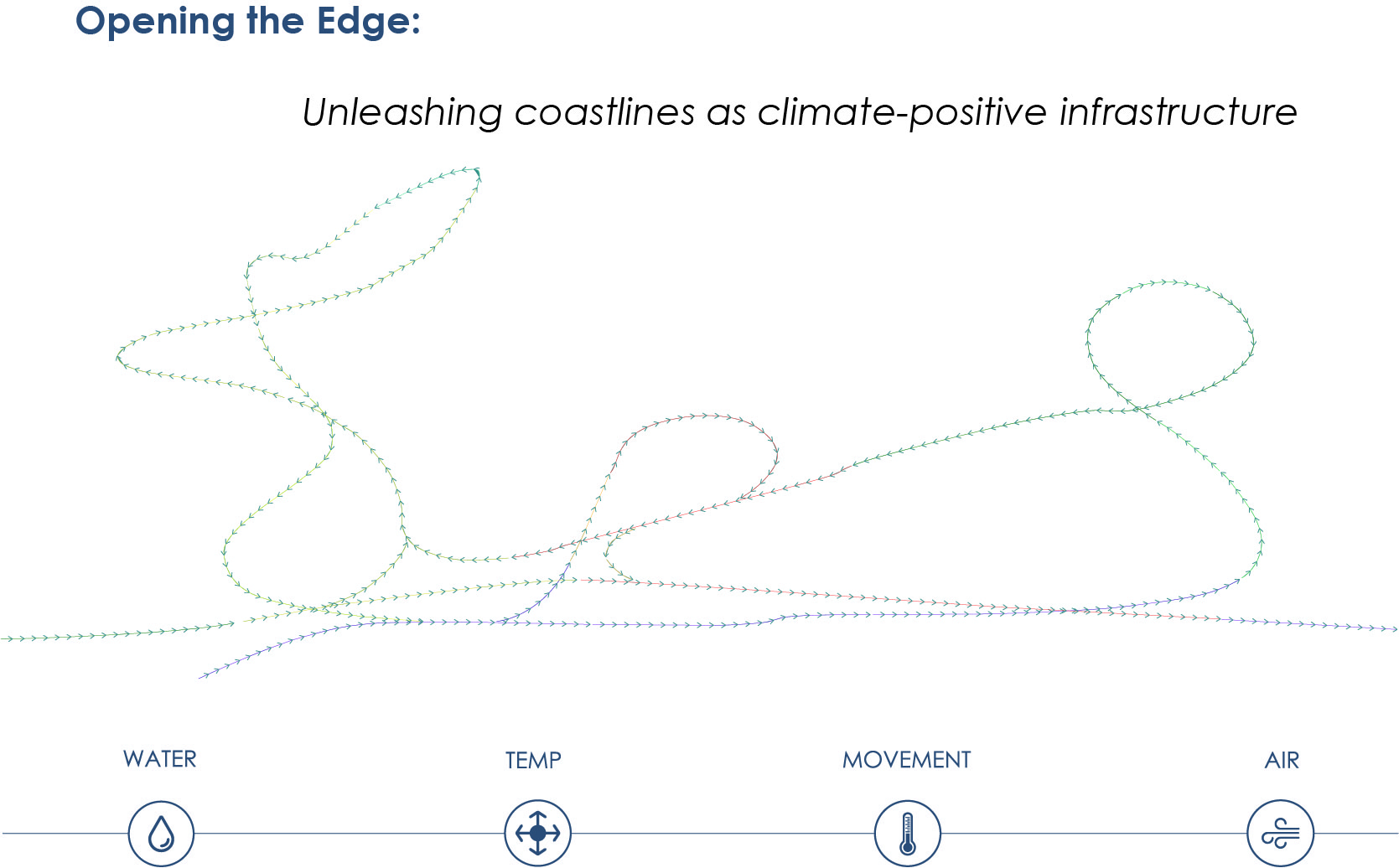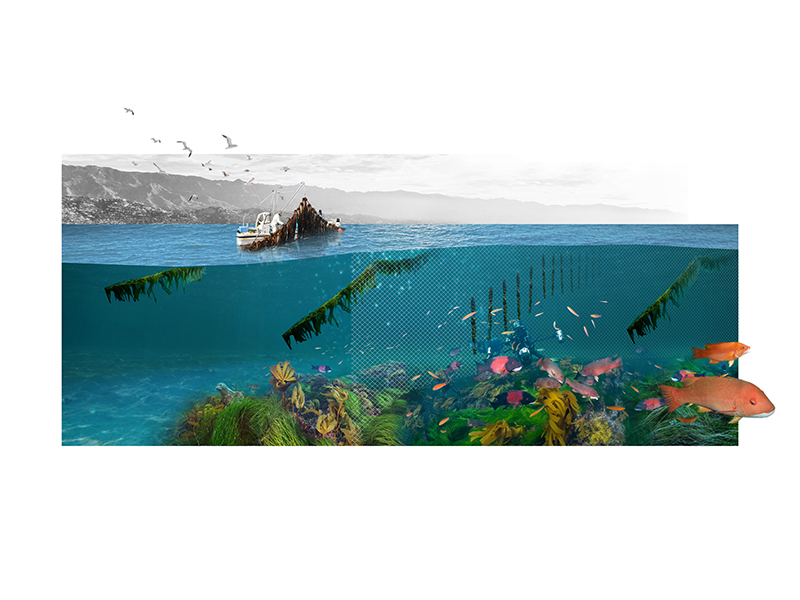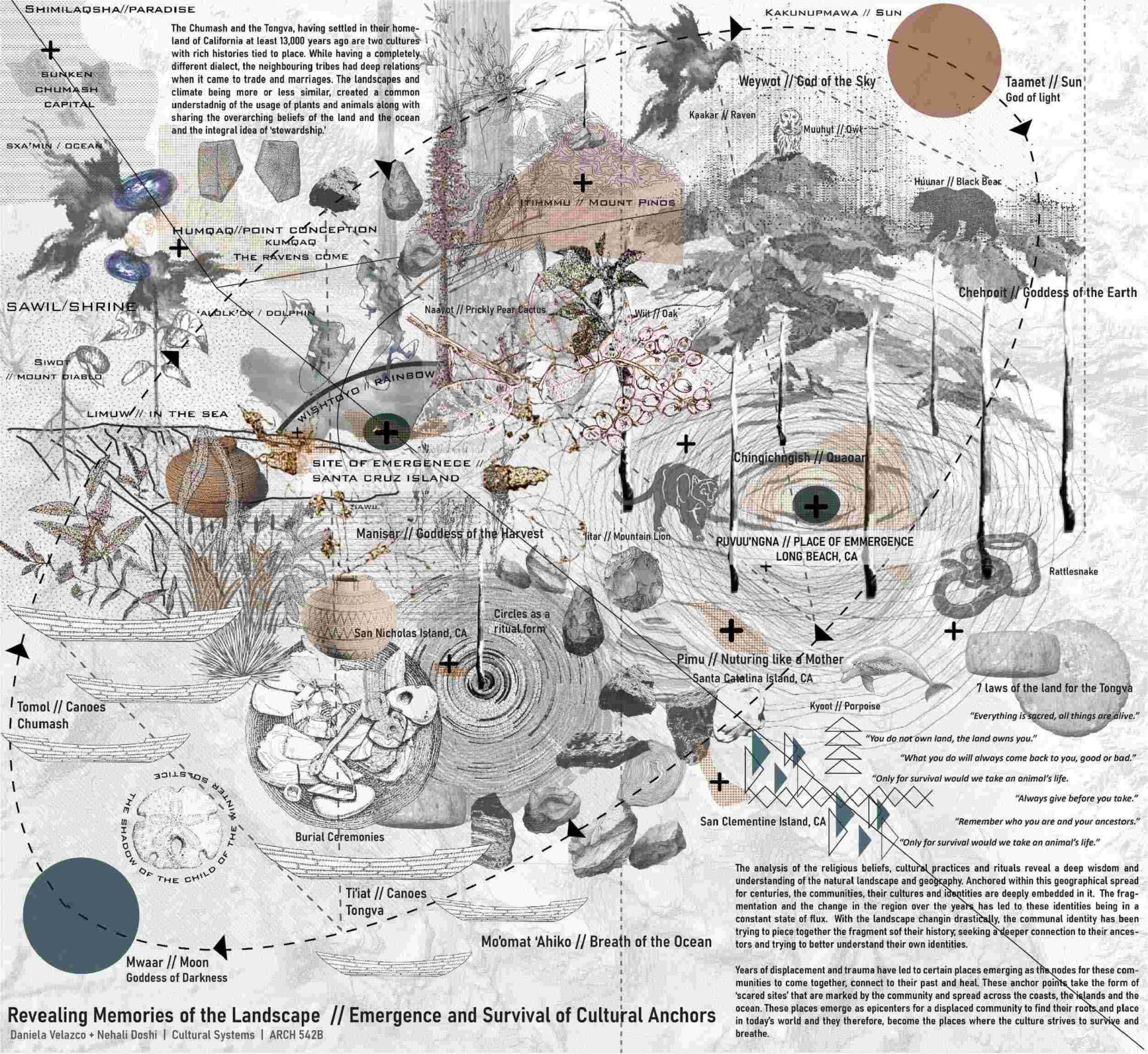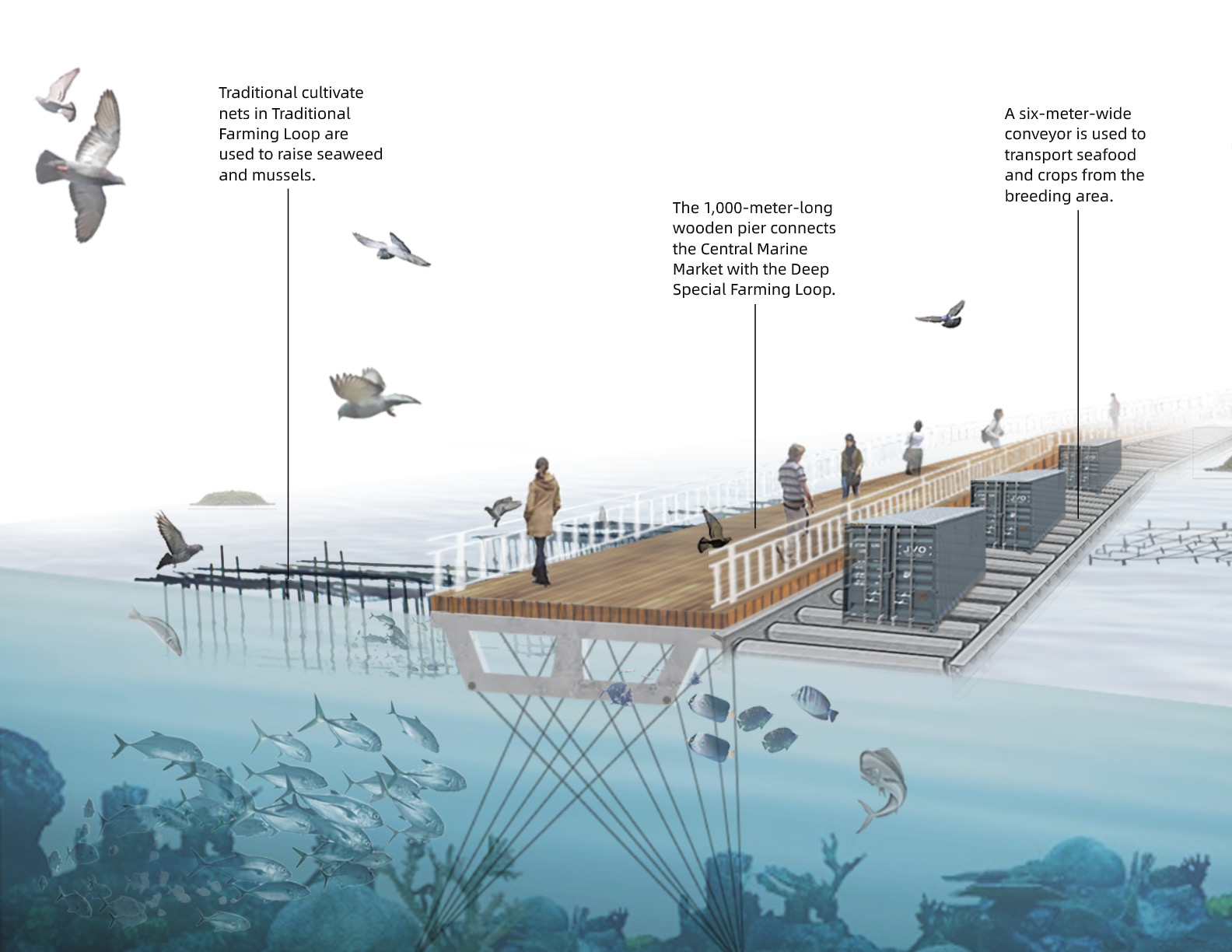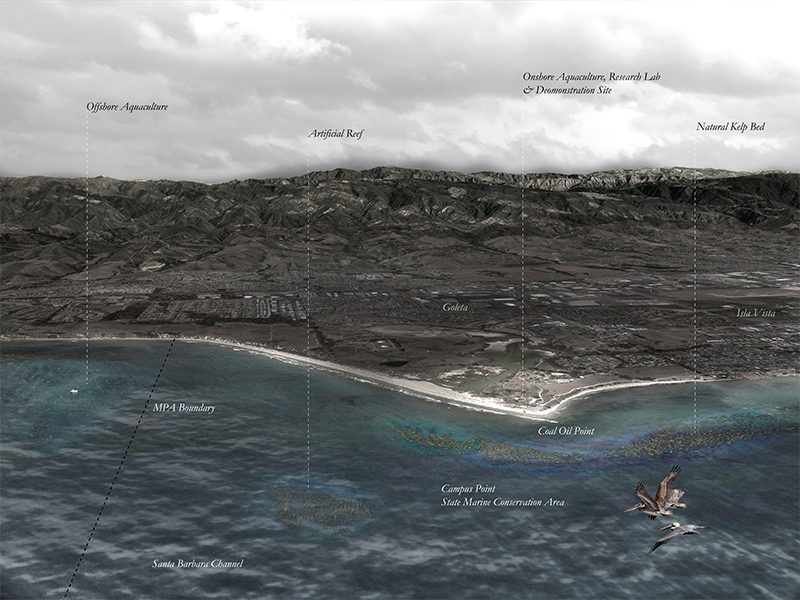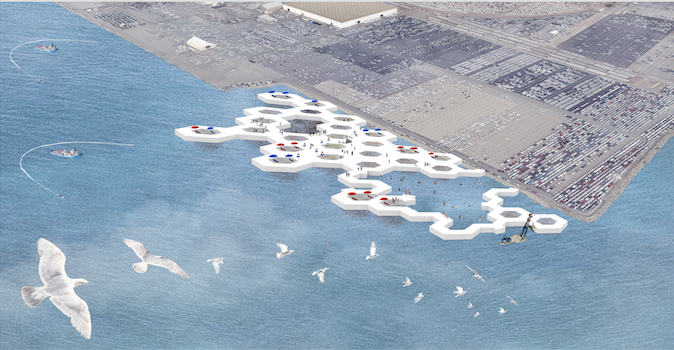Categories
Landscape at the Intersection of Life and Death
“We find it hard to escape the ‘resolutely flat perspectives’ to which we have become habituated…[which is both] a political failure as well as a perceptual one, for it disinclines us to attend to the sunken networks of extraction, exploitation and disposal that support the surfaced world.” -Robert Macfarlane, Underland: A Deep Time Journey, 2019
“It could be argued that within the productionist model the drive of soil care has mostly been for the crops…In the utilitarian-care vision, worn-out soils must be ‘put back to work’ through soil engineering technologies: fed liters of artificial fertilizers with little consideration for wider ecological effects or made host for enhanced crops that will work around soil’s impoverishment and exhaustion. In sum, soil care in a productionist frame is aimed at increasing soil’s efficiency to produce at the expense of all other relations. From the perspective of a feminist politics of care in human-soil relations, this is a form of exploitative and instrumentally regimented care, oriented by a one-way anthropocentric temporality.”
-Maria Puig de la Bellacasa, Matters of Care: Speculative Ethics in More than Human Worlds, 2017
In this semester-long design-research studio, we turn our attention downward, to the literal foundation of landscape – the soil. As physical material, soil refers to the thin layer of earth, composed by organic matter and organized into “horizons” – extending from the thin yet nutritious layer of “humus” at the top to the solid bedrock below. As an environmental system, soil is considered one of the most crucial elements of the climate, being the second largest store of carbon after the ocean. As living matter, soil is composed of billions of microbes and micro-organisms such as fungi, bacteria, protonza, nematodes, anthropods and earthworms – a symbiotic collective known as the soil biota. The biota plays a vital role in determining how well the ecosystems and the life that it supports function above grade. Spatially, soil is where “we have long placed that which we fear and wish to lose, and that which we love and wish to save,” in the words of the British writer, Robert Macfarlane. And temporally, soil is the visible evidence of a number of dynamic processes, including: additions, losses, transformations, and translocations – spanning timescales that are too long to seem comprehensible to the human. Beyond the sciences, subterranean lifeworlds have activated the social and literary imaginary across cultures and through time. And yet, all the while, our anthropocentric perspective and attitude towards soil, like that toward most landscape matter, continues to be largely productionist – focusing on its resource-value at the expense of all other relations.
Situating the varied and layered dimensions of soil within the near-catastrophic environmental context projected for the next century, particularly the looming threat of mass extinction that threatens our more-than-human partners, this studio focuses on Soil Building Processes by rethinking the future of burial landscapes through mortuary composting procedures. Interrogating our position in our environmental future, we consider the types of future relationships that we might form with soil, putting in place acts of care that go beyond exploitative and instrumentally regimented stewardship. We consider how our bodies could facilitate this new form of co-existence, and how design could enable and accommodate this necessary exchange. Our collective efforts toward climate restoration require not just innovative technologies, but social and economic transformation – a shift in our thinking about the biophysical world and our role and responsibility in it. We tackle these challenges and more as we sift through the varied layers of soil – to ultimately address a more ethical way of living (and dying) in the ruins of what we have created.
